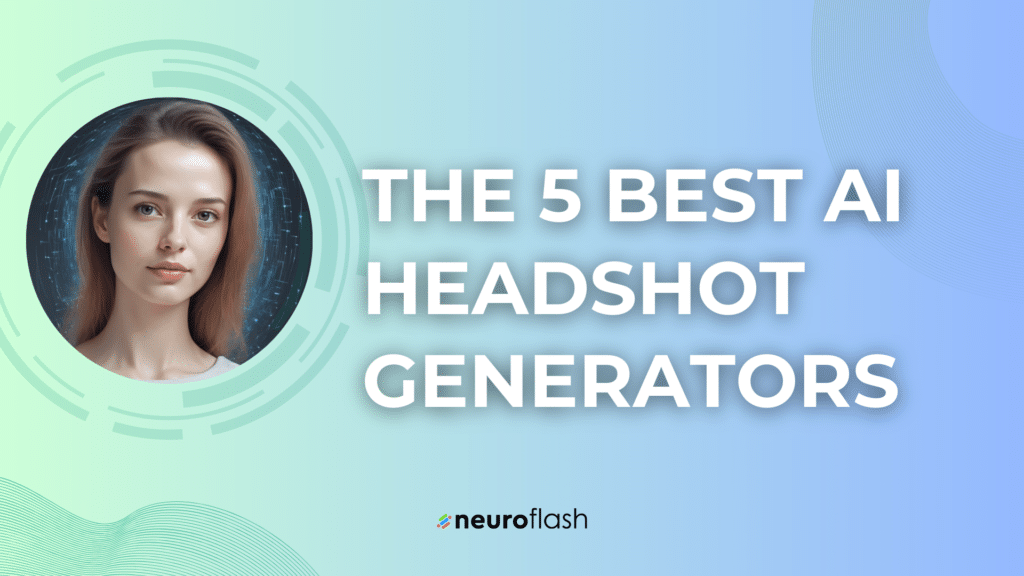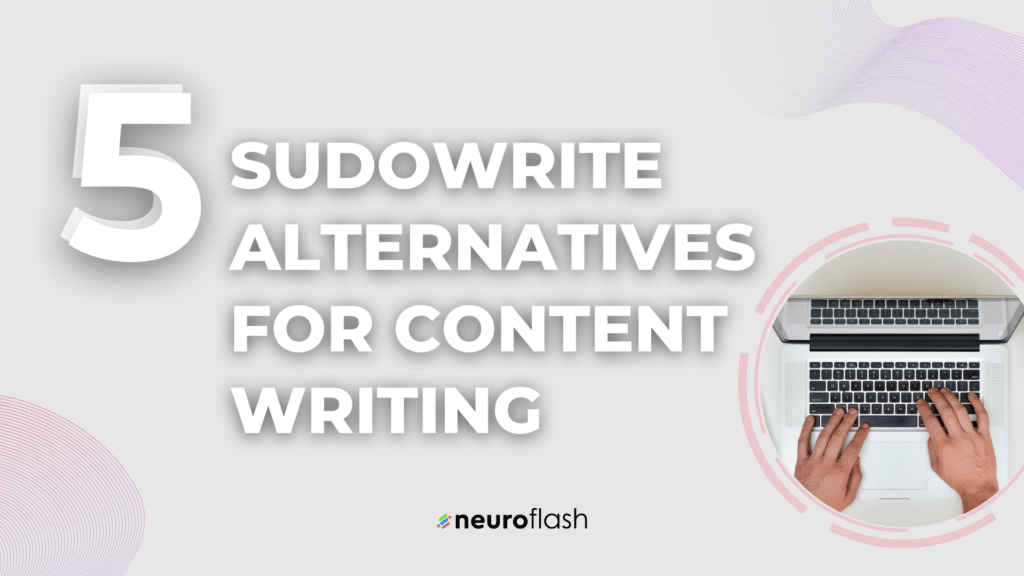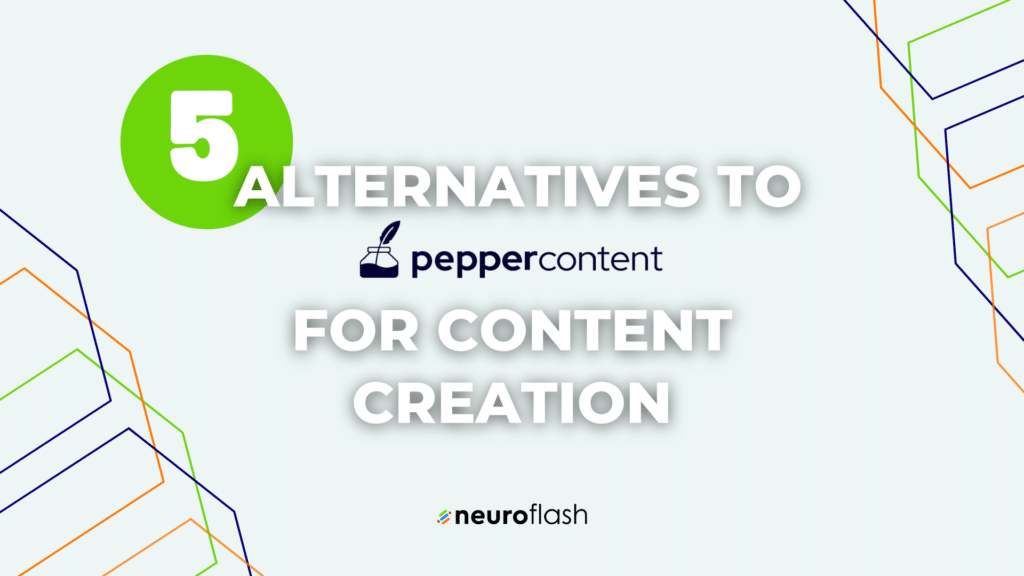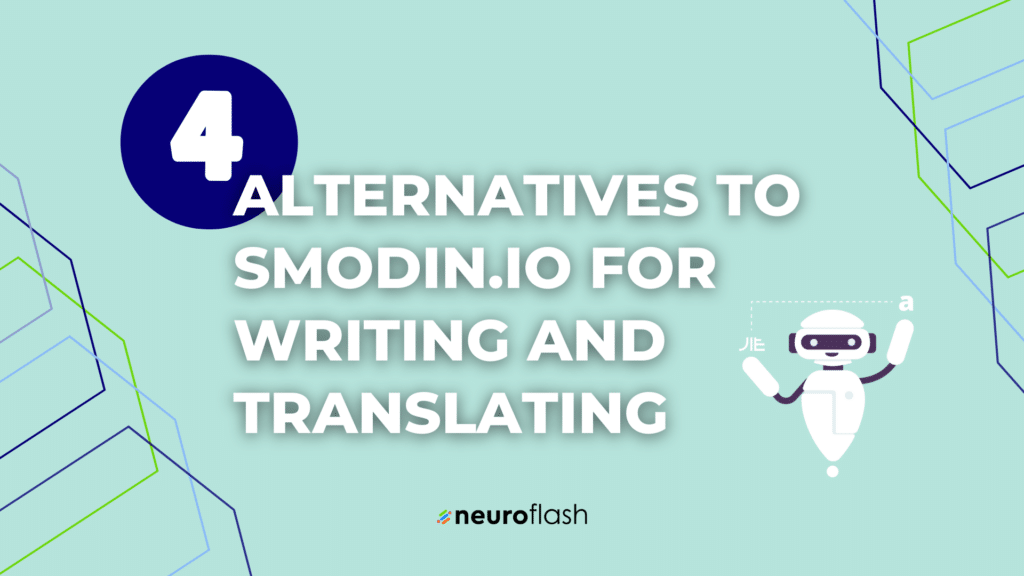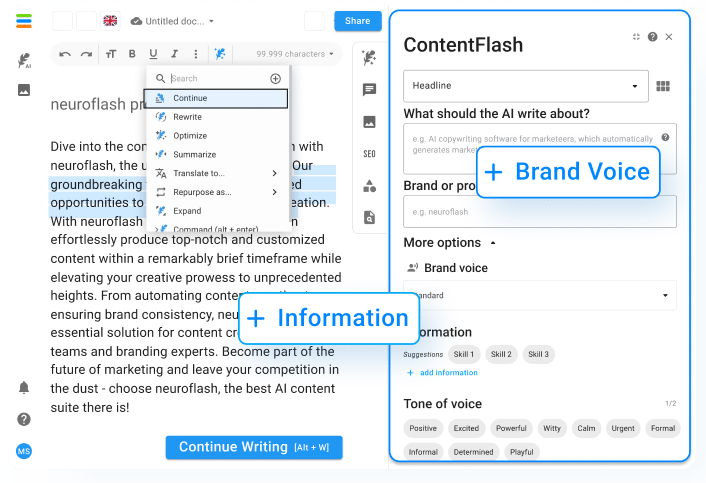In this article, we will explore the chatGPT prompts structure and how they can be used to create a high-performing chatbot. Chatbots have revolutionized the way businesses interact with their customers. They have become an essential tool for companies to improve their customer service, increase engagement, and save costs. However, creating a chatbot that can understand and respond to human conversation is not an easy task. It requires a comprehensive understanding of natural language processing and machine learning. The problem is that building a chatbot from scratch can be time-consuming and expensive. But the solution lies in using GPT-4, the latest iteration of the highly advanced language prediction model that can generate human-like responses.
1. Understanding Chatbot Prompts
Are you tired of struggling to make your chatbot prompts effective? Understanding chatbot prompts structure can be challenging, but we’re here to help. Let’s start by breaking it down a bit. Chatbot prompts are the text messages or prompts that your chatbot provides to users to guide them through the conversation.
To create effective chatbot prompts, you will need to make sure that they are clear, concise, and easy to understand. It is important to use language that the end user will be familiar with, and to avoid using complicated terms. This will help to ensure that your chatbot is accessible to a wide variety of users.
Some best practices for chatbot prompt design include providing responses that are helpful, and engaging for the user. You want to make it easy for the user to get the help and information they need, so be sure to make your prompts informative and useful.
To make your chatbot prompt stand out, you might want to include some SEO keywords. These will help your chatbot to appear in search engine results, and can help users find your chatbot.
If you’re new to chatbot prompt writing, don’t worry – it takes time to get the hang of it. The key is to keep practicing, and to look for inspiration from other successful chatbots. You can get creative with your chatbot prompts, and even use humor or other types of language to engage your end users!
For more tips and insights on chatGPT prompts structure, visit our comprehensive guide on AI chat tools:
2. Creating Effective Chatbot Prompts
A good chatGPT prompts structure is the text that the chatbot uses to elicit a response from the user. It is the first point of contact that the user has with the chatbot, and it can make or break the conversation.
To create effective chatbot prompts, you need to think about your audience and the language they use. Your prompts should be written in natural language and use the same language that your audience uses. This will help your chatbot sound more human-like and make it easier for the user to understand.
Another important aspect of chatGPT prompts structure is to provide clear and concise information. Use keywords that are relevant to the user’s inquiry to help the chatbot understand what the user is looking for. This will also help improve the chatbot’s SEO (search engine optimization) ranking and make it easier for users to find.
Writting chatgpt prompts
When writing chatbot prompts, always try to anticipate the user’s response. This will help you provide better responses and keep the conversation flowing smoothly. It’s also important to keep the prompts short and to the point, as too much text can overwhelm the user and lead to confusion.
In conclusion, creating effective chatbot prompts requires a deep understanding of your audience and the way they communicate. Use natural language, clear information, and concise prompts to make your chatbot more relatable and user-friendly. And don’t forget to anticipate the user’s response and keep the conversation flowing smoothly..
When writing effective chatbot prompts, it’s essential to use clear and concise language, ensuring the chatbot is accessible to a wide range of users. Making your prompts informative and engaging while including SEO keywords will make them stand out and help your chatbot appear in search engine results. For more tips and techniques, check out this helpful article: How to Write ChatGPT Prompts.
3. Best Practices for Chatbot Prompt Design
Creating effective chatbot prompts is essential for providing a positive user experience. When designing chatbot prompts, it’s important to keep in mind the language and tone used in the responses. You want the prompts to be clear and concise, while also providing helpful information to the user.
One of the best practices for chatbot prompt design is to keep the content simple and easy to understand. Use language that is familiar to your audience and avoid technical jargon as much as possible. This will help ensure that everyone can benefit from your chatbot, regardless of their level of expertise.
Another important consideration when creating chatbot prompts is SEO. Make sure the prompts contain relevant keywords that can help your chatbot rank higher in search results. This will make it easier for people to find your chatbot and use it to get the information they need.
To get inspiration for chatbot prompts, it can be helpful to look at examples from other companies. This can give you an idea of what has worked well in the past and what responses have been the most effective.
In summary, creating effective chatbot prompts involves making sure the language is clear and easy to understand, using relevant keywords for SEO purposes, and looking to other examples for inspiration. By following these guidelines, you can provide your users with quick and helpful responses that will make using your chatbot a positive experience..
For more insights on AI chat tools and creating effective conversations, visit this link:
4. Chatbot Prompt Examples and Inspiration
Are you looking for inspiration for your chatbot prompt design? Look no further than examples of successful prompts. Seeing what works for other businesses can help you come up with creative and effective prompts for your own chatbot.
But don’t just copy and paste someone else’s prompts. Instead, make sure to tailor your prompts to your brand’s unique voice and the needs of your audience. Using language that resonates with your customers can help increase engagement and build trust.
It’s also important to provide helpful responses to your customers’ inquiries. Use the right keywords and language to make sure your chatbot can understand and provide useful information. This can help improve your chatbot’s SEO and make it more valuable to user search queries.
Take the time to write compelling prompts that encourage users to engage with your chatbot. Use simple and clear language that helps your users understand what their options are. With well-written prompts, your chatbot can provide valuable assistance to your customers and improve their overall experience with your brand..
Creating effective chatbot prompts depends on the prompts structure, and is crucial for a positive user experience, as it ensures the language is clear and easy to understand. By using relevant keywords for SEO purposes and seeking inspiration from successful examples, you can provide users with efficient and helpful responses. For more insights on crafting the ideal chatbot prompts, check out these valuable tips and examples from UX Planet’s Secret ChatGPT Prompt Crafting Method.
5. The Science behind Chatbot Prompts
Chatbots are becoming more and more common on sites and apps. They are a great way to provide information and assistance to your customers with language that is easy to understand. But not all chatbot prompts are created equal. The
Chatbots are becoming more and more common on sites and apps. They are a great way to provide information and assistance to your customers with language that is easy to understand. But not all chatbot prompts are created equal, there are some differences in the chatGPT prompts structure. That’s where the science behind chatbot prompts comes in.
That’s where the science behind chatbot prompts comes in.
The most effective chatbot prompts are ones that use natural language processing (NLP) to create responses that are tailored to the user’s needs. NLP helps the chatbot understand the user’s intent behind their message and provide an appropriate response.
When writing chatbot prompts, it’s important to keep in mind the keywords that your users are likely to use. This will help ensure that the chatbot can provide helpful responses to their queries. It’s also important to provide clear and concise information in your prompts. This will help users get the information they need quickly and easily.
To make your chatbot prompts even more effective, and understand the use of chatGPT prompts structure, you can use SEO techniques to optimize your content for search engines. This will help your chatbot appear in search results when users are looking for information related to your business.
In conclusion, the science behind chatbot prompts can help you create more effective and helpful responses for your customers. By understanding your users’ needs and using natural language processing and SEO techniques, you can provide high-quality content that will help your customers get the information they need quickly and easily.
Discover ChatFlash:
ChatFlash is based on the same technology as ChatGPT and is in no way inferior to the OpenAI chatbot. In addition, ChatFlash offers even more functions that are not included in ChatGPT.
Via personalities, it is possible to direct and influence the output of the magic pen in a targeted manner. Likewise, neuroflash already offers optimized prompts with templates, which are adapted to various applications and can be used freely.
You can choose from different personalities. For example, ChatFlash can answer as an SEO consultant, social media influencer, journalist or writing coach. Additionally, we offer you the possibility to add your own personalities. For example, you can customize ChatFlash to match your company identity or personal writing style. We will show you how to do it:
Although there are over a hundred different teplate prompts available in the library ready to use, here is a list of our favourite and very useful ChatGPT prompts.
Our ChatGPT Prompts list:
- Act like an expert in X
- Present the information in a table
- Don’t write about X
- Only explain X
- You are a X
- For this target audience
- Write a long explanation
- Create a list of XYZ
- Produce a detailed plan for XYZ
- Give me step-by-step instructions to XYZ
ChatGPT Prompts structure for creating content:
- How does blogging help increase brand awareness and generate leads for businesses in X niche?
- Are there any techniques or shortcuts for creating professional graphics quickly for blogs?
- What strategies can new bloggers use to create meaningful relationships with readers online?
- What are some interesting ideas for creating unique interactive experiences through blogging?
- Should bloggers focus more on quantity or quality when it comes to producing content in X niche?
- Are there any clever ways of incorporating infographics into blog posts while still retaining the readability and usability of the post itself?
- Which types of social media posts lead to increased engagement with blog content across various platforms?
- What topics should I include in my blog post to rank on Google for X keyword?
ChatGPT Prompts structure for marketing and copywriting experts:
- Best practices for creating a mobile-friendly marketing campaign.
- The role of event marketing in building brand recognition.
- The benefits of creating a multi-channel marketing approach.
- How to effectively target your audience through marketing.
- The impact of personalization in marketing and sales.
- Integrating traditional and digital marketing for maximum impact.
- The importance of measuring and adjusting your marketing strategy in real-time.
- The role of customer experience in modern marketing strategies.
- The role of storytelling in branding and marketing.
- The impact of search engine optimization (SEO) on your marketing strategy.
- Using customer data to improve your marketing tactics.
- How to create an effective marketing strategy for a new product launch.
- The role of customer feedback in shaping your marketing approach.
- The impact of virtual and augmented reality on marketing.
- How to create a marketing campaign that resonates with your target audience.
Useful tips
- First Tip: Understand the Structure of ChatGPT Prompts
It’s important to thoroughly understand the structure of ChatGPT prompts. Read the prompts carefully and develop a deep understanding of the information you’re being asked to provide. Analyze the prompts and ensure you answer all parts of the question.
- Second Tip: Follow the Prompts Word by Word
It’s crucial to follow the prompts word by word. If you don’t answer all parts of the question, this will lower your score. Also, make sure that you’re answering the question that’s being asked and not going off-topic.
- Third Tip: Use Proper Grammar and Punctuation
Using proper grammar and punctuation is essential for effective communication. Try to use proper grammar, punctuation, and spelling where possible. This will help you to communicate your ideas effectively and enhance your score.
- Fourth Tip: Provide Examples and Evidence
Providing examples and evidence can help to enhance your response and provide credibility to your answers. It is important to support your response with facts or research.
- Fifth Tip: Check Your Answers for Accuracy
Double-checking your answers can help to ensure accuracy and prevent errors. It is recommended that you set aside some time to review your work and check for any mistakes that you may have made.
Other People asked
What is chatGPT prompts structure?
The structure of chat GPT prompts is designed to be user-friendly and easy to follow. It usually starts with a greeting or introduction, followed by a main prompt, and ends with a closing statement or question. The main prompt is where the user can input their message or question, and the chatbot’s response will be generated based on the prompt and its underlying algorithms. The prompts can also include specific instructions or additional information to help guide the conversation in a particular direction.
What are some common chat GPT prompts?
There are many different types of chat GPT prompts, but some of the most common include greetings, questions about the user’s preferences or needs, requests for more information, and suggestions or recommendations based on the user’s input. Other prompts might include specific instructions or prompts for the user to take action, such as completing a task or solving a problem. The key is to provide enough structure and guidance to keep the conversation flowing smoothly, while also allowing enough flexibility and creativity to keep the user engaged.
How are chat GPT prompts generated?
Chat GPT prompts are generated using machine learning algorithms that analyze patterns in user input and generate responses based on those patterns. The algorithms are trained on vast amounts of data, including text from social media, news articles, and other online sources. This allows the chatbot to understand common language patterns and respond to users in a way that feels natural and intuitive. The more data the algorithm is trained on, the more accurate and effective it will be at generating appropriate prompts and responses.
What are some benefits to using chat GPT prompts?
One of the main benefits of chat GPT prompts is that they can help automate customer service and support, which can save businesses time and money. Chatbots can handle a variety of tasks, such as answering frequently asked questions, scheduling appointments, and providing recommendations or suggestions based on user input. They can also operate 24/7, which means customers can get assistance outside of normal business hours. Finally, chatbots can provide a consistent and reliable experience for users, which can increase customer satisfaction and loyalty.
What are some drawbacks to using chat GPT prompts?
One of the main drawbacks of chat GPT prompts is that they can sometimes feel impersonal or robotic, which can turn off some users. They may also struggle to understand complex or nuanced conversations, especially if they are not trained on a specific topic or domain. Additionally, chatbots may lack the empathy or emotional intelligence of a human support agent, which can make it difficult to handle sensitive or emotional situations. Finally, chatbots may not be able to handle situations that require a human touch, such as providing comfort or reassurance when a user is upset.
Related Questions
How do you write a chatbot prompt?
When writing a chatbot prompt, it’s important to consider the audience you are targeting and tailor the language and style of your prompt to suit them. Start by identifying the common questions or concerns your audience may have and formulate your prompt in a way that addresses those issues. Your prompt should be clear, concise, and easy to understand. Try to keep it conversational and engaging, so users feel comfortable interacting with your chatbot. Lastly, make sure to test your prompt extensively to ensure it works as intended, taking into account any potential user responses that may arise.
How do I get the best results from ChatGPT?
To get the best results from ChatGPT, it’s important to be clear and concise in your inputs. Avoid using overly complex language or jargon that may confuse the system and provide it with clear and coherent sentences. Avoid asking multiple questions at once and provide as much context as needed for the chatbot to understand your request. Keep in mind that ChatGPT is only as good as the data it has been trained on, so while it can provide good responses, it may not always be perfect. Lastly, be patient with the system as it may take time to generate a response depending on the complexity of the input.
How do you write the best ChatGPT prompts?
When writing ChatGPT prompts, it’s important to consider the specific topic or domain you are targeting. Use appropriate language, terminology, and tone of voice that aligns with that particular field. Make sure your prompt is clear and specific to avoid any ambiguity. Use examples and scenarios to help the user understand the context of your prompt. Finally, test your prompt extensively to ensure it works as intended and that the chatbot is capable of generating accurate and relevant responses.
What is the prompt for storytelling in ChatGPT?
The storytelling prompt in ChatGPT involves providing a sentence or phrase that serves as the starting point for a story. For example, “Once upon a time, there was a young prince named Alex who had a dream of becoming a great explorer.” From this prompt, the chatbot can generate a story by using its natural language processing capabilities to develop a plot, characters, and events that follow a coherent narrative. It’s important to provide a concise and engaging prompt that inspires the chatbot to generate a story that is both interesting and engaging for the user.
Conclusion
In conclusion, the chatbot GPT prompts structure is a useful tool for generating natural language conversations and responses in chatbots. We’ve discussed the structure and format of the prompts, how they work, and how they can be customized to generate diverse and engaging responses. The prompts can be used for a variety of purposes, from customer service to entertainment, and can save developers time and effort by reducing the need for manual coding. Ultimately, the key takeaway is that GPT prompts structure can be a game-changer for chatbot development, enabling developers to create bots that understand and respond to human speech in a more natural and engaging way.








